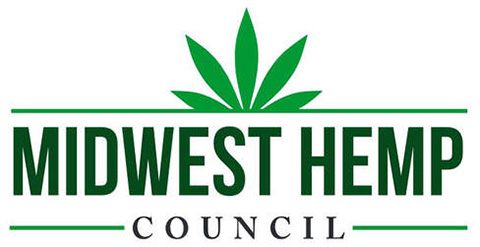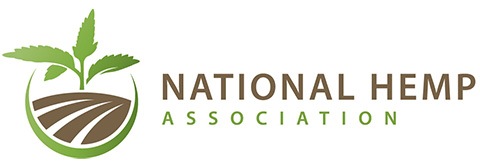
As we have reported previously, last year’s difficult season resulted in many hemp cultivators withdrawing from the market. While many entered the hemp sector with expectations of lucrative returns, expectations have been adjusted in the wake of significant overproduction in 2019, which pushed down wholesale prices and has left many farmers sitting on unsold harvests.
“You can’t tell farmers they’ll make the same money as last year or the year before,” Wendy Mosher, president and CEO of New West Genetics, a Colorado-based hemp seed producer, said in a late May interview with Natural Products Insider. “You can’t afford to get in unless you’re vertically integrated. You’ve got maybe $8,000 – $12,000 per acre in spending [when farming hemp for CBD].”
Such sentiments are resulting in a contraction in acreage registered for hemp cultivation this year in several major hemp producing states. Tough market conditions may also lead to some licensed farmers not planting a crop, according to statements from numerous state regulators across the U.S.
In our May report, we noted that in Montana, one of the top hemp-producing states in 2019, licensed acreage is set to shrink dramatically year-over-year. Earlier this month, Andy Gray, Hemp Program Coordinator for the state Department of Agriculture, stated to Hemp Benchmarks in an email, “Our [licensed acreage] numbers are down considerably, primarily due to CBD market conditions.” He added that acreage registered for grain and fiber varieties is similar to the amount seen last year and now makes up a vast majority of the planned production in the state.
Paul Adams, Industrial Hemp Program Manager for the North Carolina Department of Agriculture & Consumer Services, recently told Hemp Benchmarks, “We expect based on chatter from growers to have a significant walk back in planted acres. The reason for this being the price of CBD and general instability of the hemp industry, not COVID, the availability of seed, or other factors.” Almost 34,000 acres were registered for hemp cultivation in North Carolina in 2019, but Adams reported that only about 16,400 were registered for the 2020 season as of June 17.
Hemp farmers in some smaller programs are reportedly also having second thoughts. Caleb Allen, Hemp Program Manager for the Arkansas Department of Agriculture, wrote to Hemp Benchmarks in an email, “I’m hearing many instances of farmers dropping out for the 2020 grow season due to weather, regulatory uncertainty, COVID…. I’m thinking the numbers may be a little lower this season than what Arkansas saw in 2019.” This despite Arkansas licensing more acreage this year – over 4,100 acres as of mid-June – compared to 2019, when 3,200 acres were registered for hemp farming.
Other hemp farmers appear to be taking a step back and employing a more cautious approach than last year’s “green rush.” Brian McGrew, Industrial Hemp Program Manager for the Arizona Department of Agriculture, noted, “We are seeing more, smaller plots planted…. There have been more test plots planted this spring season trying to identify varieties that do well in Arizona.” Last year, a significant portion of the state’s crop was destroyed due to non-compliant THC levels, while extreme heat and other weather conditions also contributed to sizable crop loss.
While some are reporting pullbacks and slowdowns in hemp production, farmers and industry advocates in other parts of the country are still betting on the newly-legal plant being a lucrative crop. As of June 12, Wisconsin’s Department of Agriculture, Trade and Consumer Protection had received 1,499 hemp grower applications and 697 processor applications for the 2020 season, comparable to figures from last year. Nearly half came from new applicants, indicating that for every Wisconsin farmer who grew hemp in 2019 but decided not to this year, a new one took their place.
Additionally, although we have noted that hemp fiber and hemp grain varieties are receiving more attention from farmers and processors, the vast majority of production in the U.S. this year will remain focused on CBD. State agriculture officials from Arkansas, Hawaii, Indiana, Kansas, Maine, New Jersey, and North Dakota all told Hemp Benchmarks this month that anywhere from the majority to “almost all” of their respective states’ registered acreage was planned for CBD production.
Plans can change, of course, as demonstrated by the COVID-19 crisis that has impacted the globe in unprecedented ways this year. Even in prior years, available licensing and planting data shows that less than half of registered acres are typically planted. For 2019, Hemp Benchmarks counted almost 579,000 acres licensed for hemp production in 32 states. However, we were able to obtain concrete documentation of only 194,000 acres planted. While the amount of acreage planted last year was certainly higher – some states do not track this data or were not able to provide it – we are confident that total planted acreage in the U.S. in 2019 was, at most, about half the amount licensed, and likely somewhat lower.
Our Hemp Benchmarks Spot Price Index Report for July, to be published later this month, will provide a more comprehensive update on U.S. hemp production capacity.


